Visceral Manipulation is used to locate and solve problems throughout the body. It encourages your own natural mechanisms to improve the functioning of your organs, dissipate the negative effects of stress, enhance mobility of the musculoskeletal system through the connective tissue attachments, and influence general metabolism.
Visceral Manipulation is based on the specific placement of soft manual forces to encourage the normal mobility, tone and motion of the viscera and their connective tissues. These gentle manipulations can potentially improve the functioning of individual organs, the systems the organs function within, and the structural integrity of the entire body.
Harmony and health exist when motion is free and excursion is full – when motion is not labored, overexcited, depressed, or conflicting with neighboring structures and their mobility. Therapists using Visceral Manipulation assess the dynamic functional actions as well as the somatic structures that perform individual activities. They also evaluate the quality of the somatic structures and their functions in relation to an overall harmonious pattern, with motion serving as the gauge for determining quality.
Due to the delicate and often highly reactive nature of the visceral tissues, gentle force precisely directed reaps the greatest results. As with other methods of manipulation that affect the body deeply, Visceral Manipulation works only to assist the forces already at work. Because of that, trained therapists can be sure of benefiting the body rather than adding further injury or disorganization.
Jean-Pierre Barral first became interested in biomechanics while working as a registered physical therapist of the Lung Disease Hospital in Grenoble, France. That’s where he met Dr. Arnaud, a recognized specialist in lung diseases and a master of cadaver dissection. Working with Dr. Arnaud, Barral followed patterns of stress in the tissues of cadavers and studied biomechanics in living subjects. This introduced him to the visceral system, its potential to promote lines of tension within the body, and the notion that tissues have memory. All this was fundamental to his development of Visceral Manipulation. In 1974, Barral earned his diploma in osteopathic medicine from the European School of Osteopathy in Maidstone, England. When Barral was at osteopathic school, there were no classes in visceral work. Working primarily with articular and structural manipulation, he began forming the basis for Visceral Manipulation during an unusual session with a patient he’d been treating with spinal manipulations.




